Prof. Subodh Mhaisalkar of Nanyang Technological University, Singapore discusses the future of perovskite optoelectronics in an interview with the editors of Energy Technology.
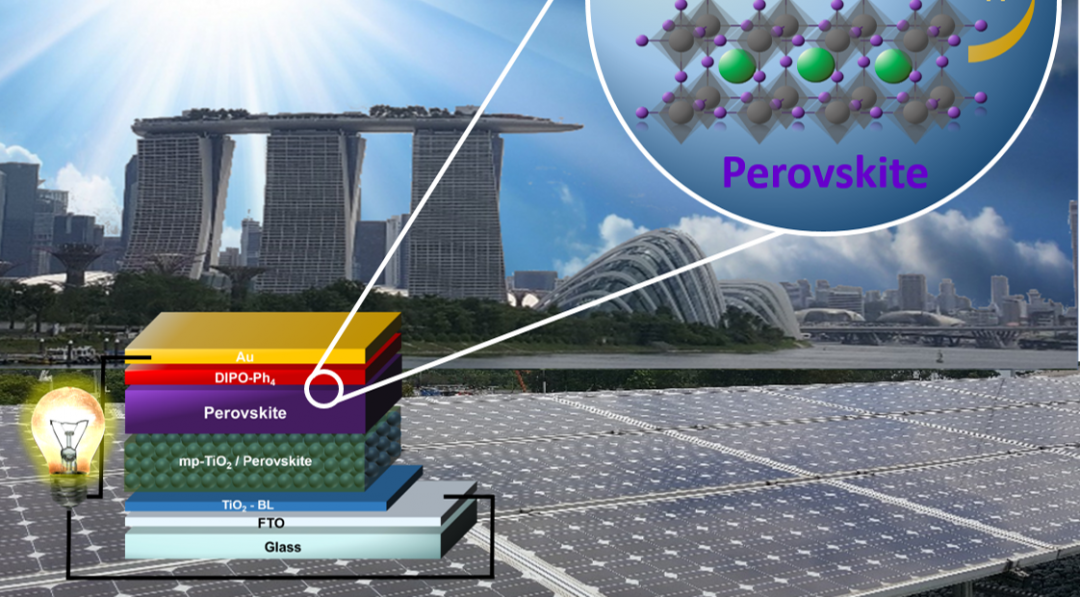

Prof. Subodh Mhaisalkar of Nanyang Technological University, Singapore discusses the future of perovskite optoelectronics in an interview with the editors of Energy Technology.
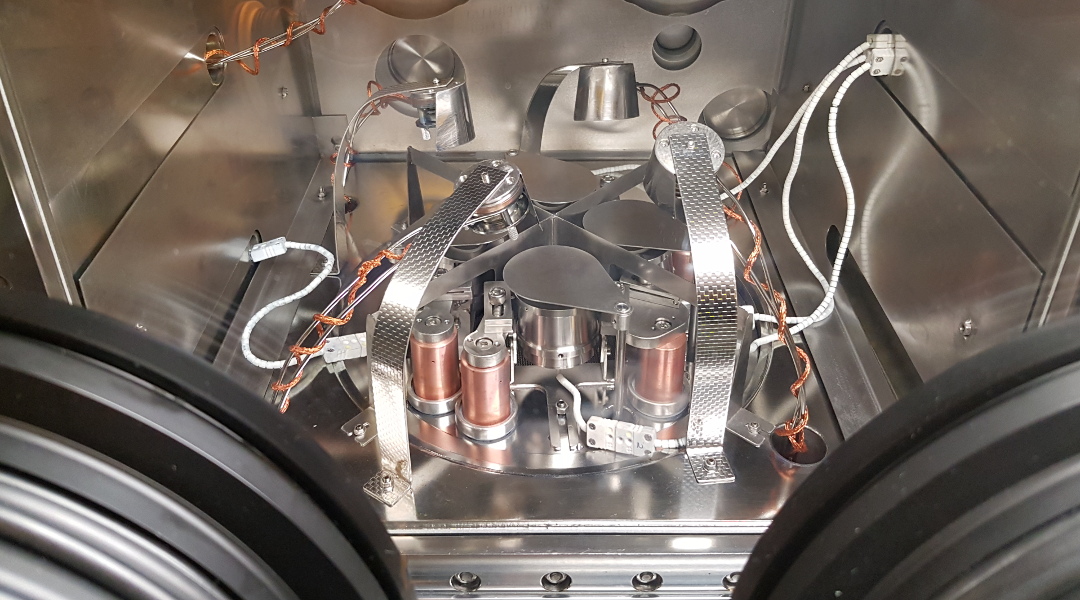
An alternative to multi-stage solution-processing techniques for fabricating mixed-cation/mixed-halide perovskites is introduced.
![High-Performance n-Type Thin-Film Transistors [Video]](https://www.advancedsciencenews.com/wp-content/uploads/2018/03/adma201707164_ASN_image.png)
Dr. Yang Wang, Prof. Tsuyoshi Michinobu, and colleagues from Tokyo Institute of Technology report a novel synthesis for high-molecular-weight n-type semiconducting copolymers with high electron mobilities in unipolar n-channel organic transistors.

US researchers have found an efficient way to generate hydrogen from water.
![Two-Phase Coexistence in Organometal Halide Perovskites Induces a Superlattice [Video]](https://www.advancedsciencenews.com/wp-content/uploads/2018/03/adma.201705230_ASN_image.png)
The structure of organometal halide perovskites is elucidated, revealing a coexistence of crystal phases at room temperature that induces a self-organized superlattice.
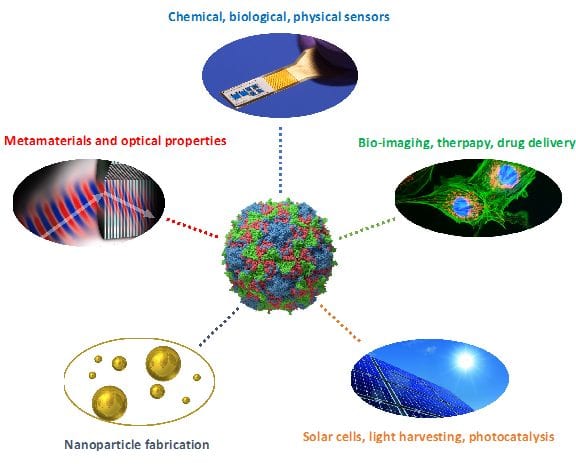
Researchers are taking advantage of 4 billion years of viral evolution to produce robust protein cages for a wide range of applications in nanotechnology.
There are several striking and problematic features of typical climate imagery from the perspective of engaging with wider audiences. Most notably, there is an absence of human stories – those that show ordinary and relatable humans engaging with the issue of climate change.

The burgeoning development and sustained production of advances in the booming field of solar-to-energy conversion have inspired a Special Issue specifically dedicated to “Artificial Photosynthesis: Mimicking Nature for Renewable Energy Production” – guest editors Wee-Jun Ong, Zhiqun Lin and Kazunari Domen.
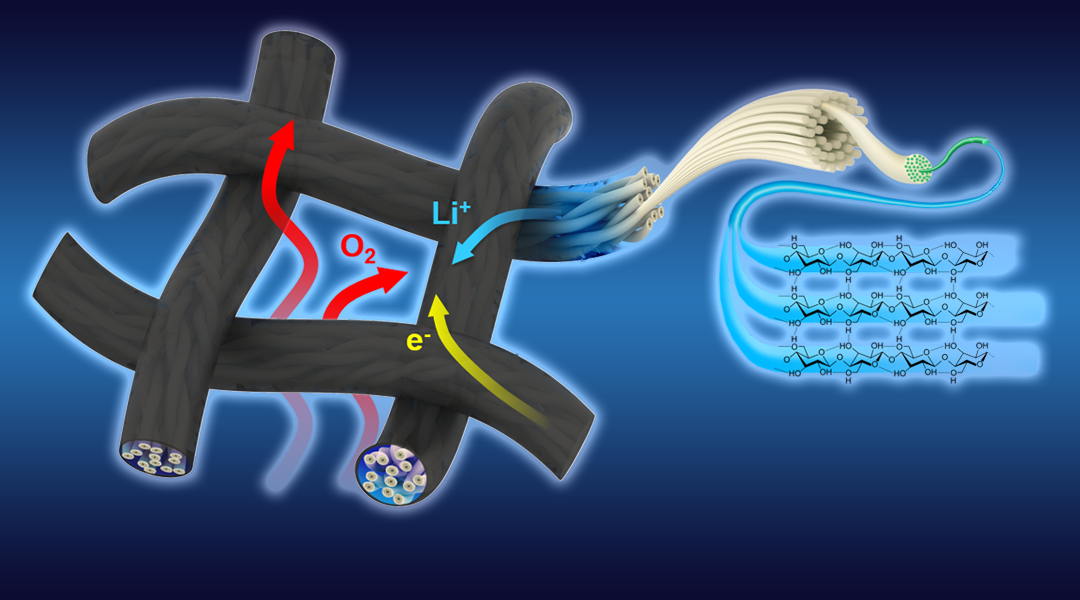
A novel flexible textile-based cathode with a unique triple-phased structure is presented, that shows improved non-competitive transport properties.
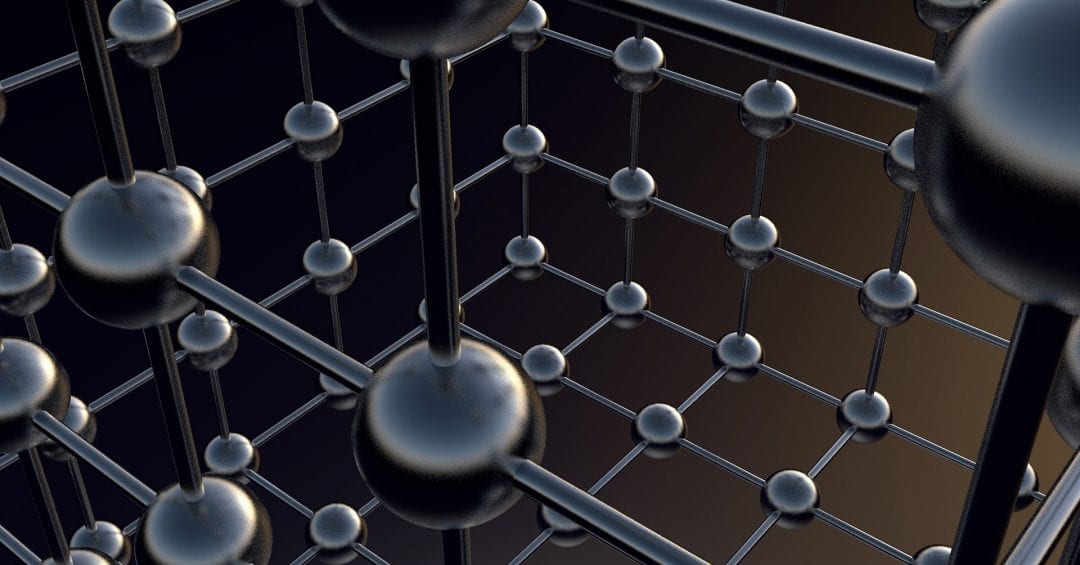
Researchers from the University of Tokyo shed light on the formation of the crystallographic structure of organometal halide perovskites.